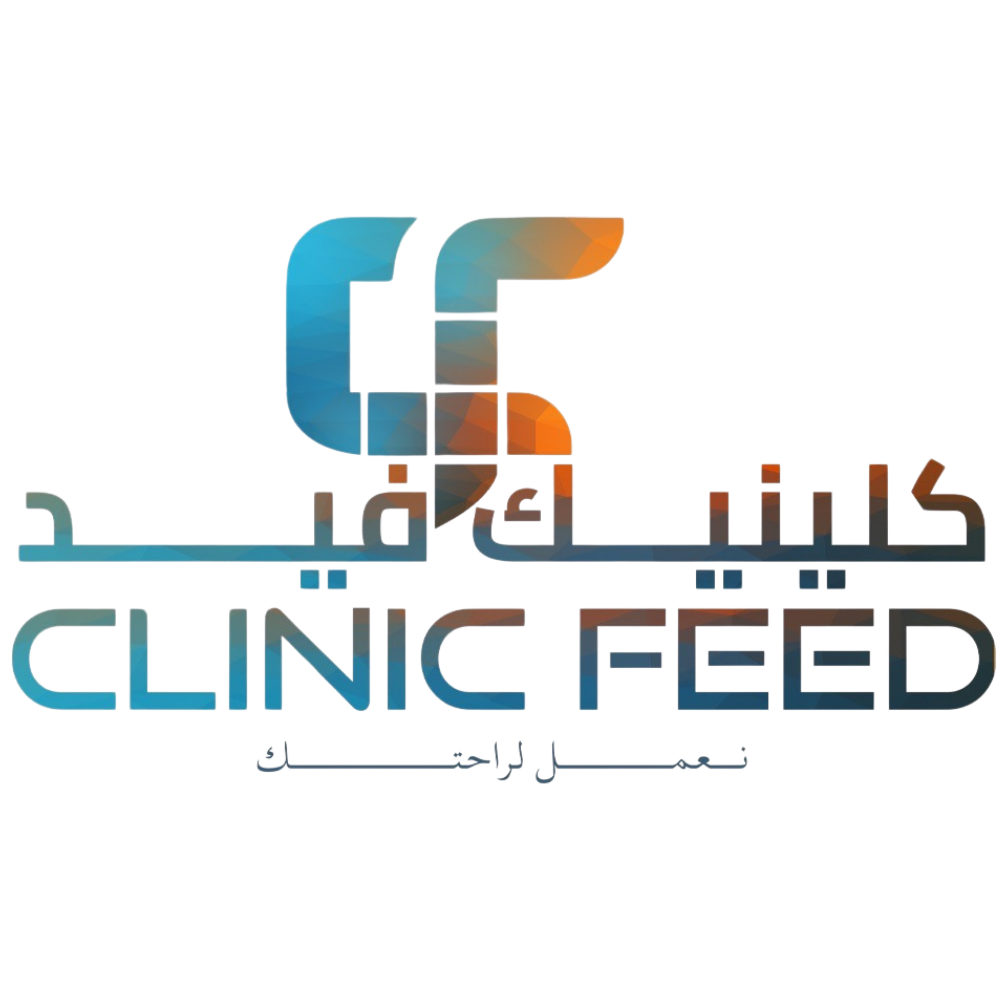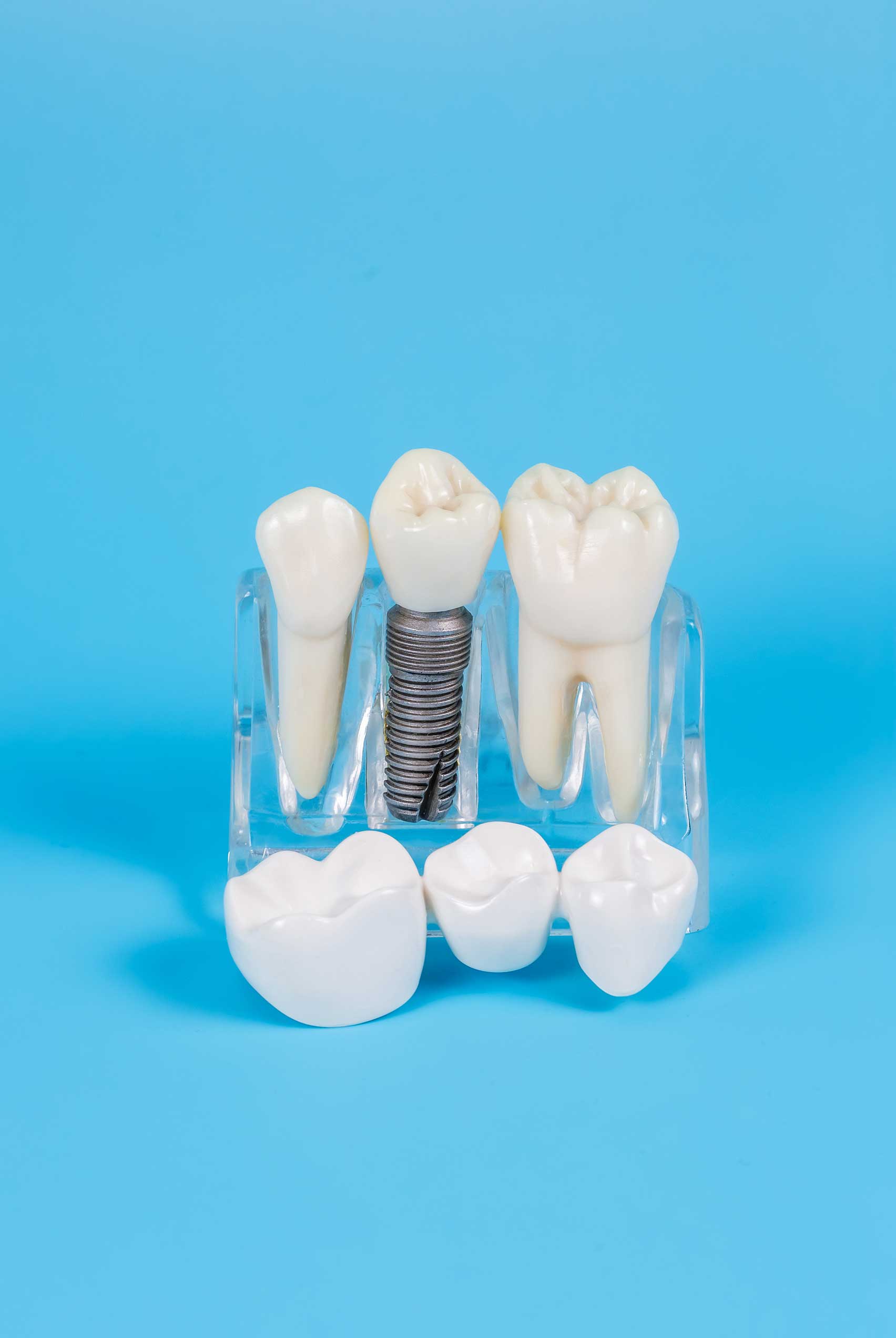PERIODONTAL FLAPS & SUTURING TECHNIQUES & PRINCIPLES
- Email notifications
- Different payment methods
- Competitive prices
Medical Suturing: Principles and Tools
Medical suturing is a crucial aspect of surgical medicine, used to close wounds after surgical procedures and repair tissue injuries to accelerate the healing process. The principles of medical suturing involve the use of specialized tools such as surgical needles and sutures.
Tools for Medical Suturing:
- Surgical Needles: These come with sharp edges and rounded tips to facilitate their insertion into the skin.
- Surgical Sutures: These are strong and durable to ensure proper wound closure.
- Wound Adjuncts: Special wound care products such as surgical adhesives and antibacterial treatments are used to keep the surrounding area clean.
Suturing Skills:
- Precision and Focus: Surgeons must be skilled in using surgical tools and proper suturing techniques to achieve satisfactory and optimal surgical results.
- Sterilization: Ensuring the sterilization of tools and maintaining patient safety during suturing is essential to prevent post-surgical complications.
Principles of Medical Suturing:
- Cleaning:
- The wound must be thoroughly cleaned and disinfected before starting the suturing process.
- Appropriate Material Selection:
- The type of suture and needle is chosen based on the wound's type, size, and location.
- Suturing Techniques:
- Various suturing techniques are used in surgery, such as:
- Simple Interrupted Stitch
- Mattress Stitch
- Skin Stitch
- Fine Tissue Stitch
- Various suturing techniques are used in surgery, such as:
- Securing the Knot:
- The knot should be tied securely to prevent it from coming undone and the wound from reopening.
- Attention to Detail:
- Precision in suturing and evenly spaced stitches are crucial.
- Post-Suturing Wound Care:
- Following the physician’s instructions for wound care after suturing is vital, such as:
- Changing dressings.
- Taking antibiotics.
- Avoiding strenuous activities.
- Following the physician’s instructions for wound care after suturing is vital, such as:
Suturing Instruments:
- Surgical Scissors:
- Used to cut sutures and remove dead tissue.
- Surgical Forceps:
- Used to hold tissues and sutures.
- Surgical Needles:
- Available in different sizes to match the wound type.
- Surgical Sutures:
- Made from various materials such as nylon, silk, and titanium. They can be absorbable or non-absorbable.
Understanding and mastering these principles and techniques are vital for any surgeon to ensure effective wound closure and optimal healing outcomes.
No reviews found









